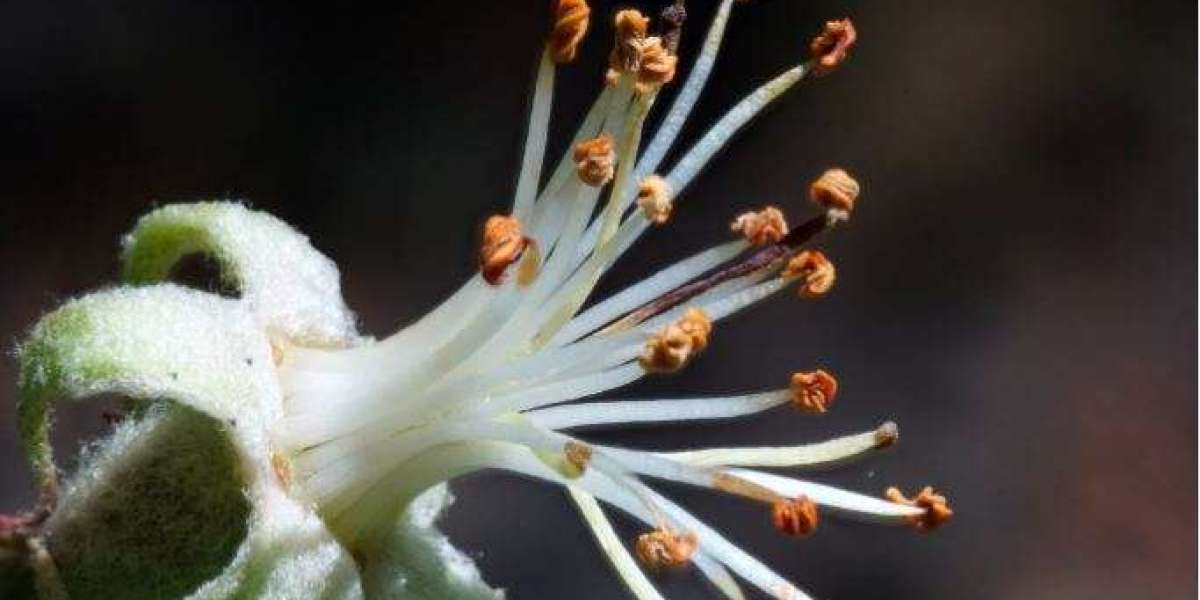Introduction
The Blütephase (bloom phase) is a critical period in the lifecycle of plants, especially for those cultivated for their flowers, such as cannabis, orchids, and various fruits. Mastering this phase requires an in-depth understanding of plant physiology, nutrient requirements, and lighting strategies. This guide aims to provide comprehensive insights into optimizing plant health during the bloom phase, enhancing yields, and ensuring quality results.
Understanding the flowering phase
What is the flowering phase?
The Blütephase refers to the flowering stage in a plant's lifecycle when it shifts energy from vegetative growth to flower and fruit production. This phase is triggered by changes in light cycles, typically transitioning from longer daylight hours to shorter ones.
Key Stages of the Blütephase:
Pre-Flowering Stage: Initial signs of flowering with the appearance of small buds.
Early Bloom: Rapid flower development begins.
Mid Bloom: Buds thicken, and resin production increases.
Late Bloom: Final maturation phase where flowers reach peak potency and aroma.
Essential Care During the Blütephase
Optimal Growing Conditions
Maintaining the right environmental conditions is paramount:
Temperature: Keep between 20-26°C during the day and slightly cooler at night.
Humidity: Lower humidity (40-50%) prevents mold and mildew.
Air Circulation: Ensure proper airflow to reduce the risk of fungal infections.
Watering Practices
Consistency: Avoid overwatering; maintain evenly moist soil.
pH Levels: Adjust water pH to 6.0-6.5 for nutrient absorption.
Drainage: Ensure pots have adequate drainage to prevent root rot.
Nutrient Management for Maximum Yields
Key Nutrients in the Blütephase
Phosphorus (P): Vital for flower development.
Potassium (K): Enhances flower density and quality.
Micronutrients: Magnesium, calcium, and sulfur support overall health.
Feeding Schedule
Early Bloom: Balanced nutrients with slightly higher phosphorus.
Mid Bloom: Increase potassium while maintaining phosphorus levels.
Late Bloom: Gradually reduce nutrients to prepare for harvest.
Common Nutrient Deficiencies
Yellowing Leaves: Nitrogen deficiency.
Brown Spots: Calcium or magnesium deficiency.
Weak Buds: Potassium deficiency.
Mastering Light Requirements
Light Spectrum and Intensity
Blue Light (400–500 nm): Supports vegetative growth.
Red Light (620–780 nm): Promotes flowering and bud development.
UV Light: Enhances resin production but should be used cautiously.
Photoperiod Control
12/12 Light Cycle: Standard for triggering flowering in photoperiod plants.
Consistency: Avoid light leaks to prevent stress and hermaphroditism.
Pest and Disease Management
Common Threats During the Blütephase
Spider Mites: Thrive in dry conditions.
Powdery Mildew: Appears as white powder on leaves.
Bud Rot: Caused by high humidity and poor air circulation.
Preventive Measures
Regular Inspection: Identify issues early.
Biological Controls: Use beneficial insects like ladybugs.
Organic Sprays: Neem oil and insecticidal soaps (avoid close to harvest).
Harvest Timing and Preparation
Signs of Readiness
Trichome Color: From clear to milky and amber.
Pistil Changes: From white to reddish-brown.
Bud Density: Firm and aromatic.
Flushing Before Harvest
Purpose: Removes excess nutrients, enhancing flavor.
Method: Use plain water for 1-2 weeks before harvest.
Conclusion
Mastering the Blütephase involves precise control of environmental factors, nutrient management, and lighting strategies. By understanding the specific needs of your plants during this phase, you can significantly improve both yield and quality. Regular monitoring, combined with proactive care, ensures your plants reach their full potential.








